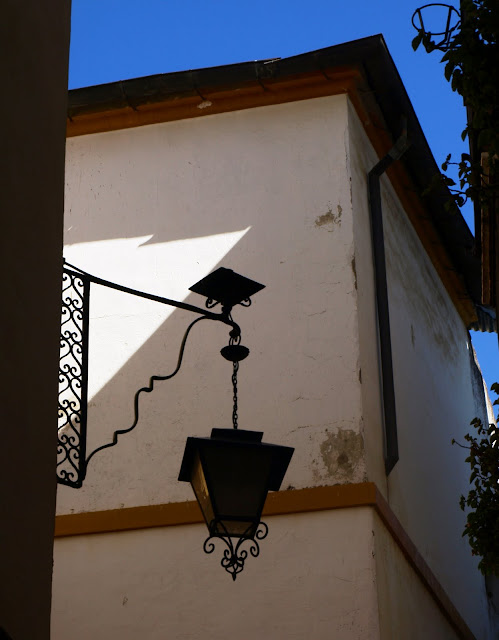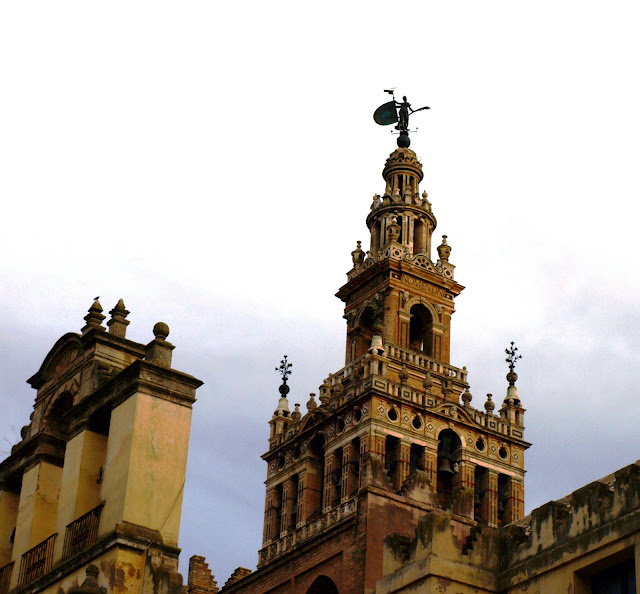El edificio que en la actualidad alberga el Museo de Bellas Artes de Sevilla se construyó en un principio como convento para la Orden de la Merced Calzada de la Asunción.
Tras unas remodelaciones promovidas en el siglo XVII por Fray Alonso de Monroy y ejecutadas por el arquitecto y escultor Juan de Oviedo y de la Bandera a partir de 1603, se comienza el edificio que actualmente contemplamos, después de derribar el antiguo Convento. En 1839 pasó a ser museo.
La iglesia fue construida entre 1603 y 1612, proyectada por Juan de Oviedo. La nave tiene forma de cruz latina, con bóveda de cañón y bóveda semiesférica sobre el crucero. Es en esta iglesia, la llamada Sala V de la planta baja del Museo, donde se encuentran las mejores obras del mismo, principalmente los grandes maestros del barroco sevillano.
.
The building that at present shelters the Museum of Fine Arts of Seville was constructed in the beginning as convent for the Orden de la Merced Calzada de la Asunción.
After a few remodelings promoted in the century XVII for Fray Alonso de Monroy and executed by the architect and sculptor Juan de Oviedo from 1603, is begun the building that nowadays we contemplate, after knocking down the former Convent. In 1839 it passed to be a museum.
The church was constructed between 1603 and 1612, projected by Juan de Oviedo. The ship has form of Latin cross, with tunnel vault and semispherical vault on the cruise. It is in this church, the so called Room V of the ground floor of the Museum, where they find the best works of the same one, principally the big teachers of the Sevillian baroque.

.JPG)


.JPG)
.JPG)

.JPG)
.JPG)
.JPG)
.JPG)
.JPG)


.JPG)


.JPG)

.JPG)



.JPG)

